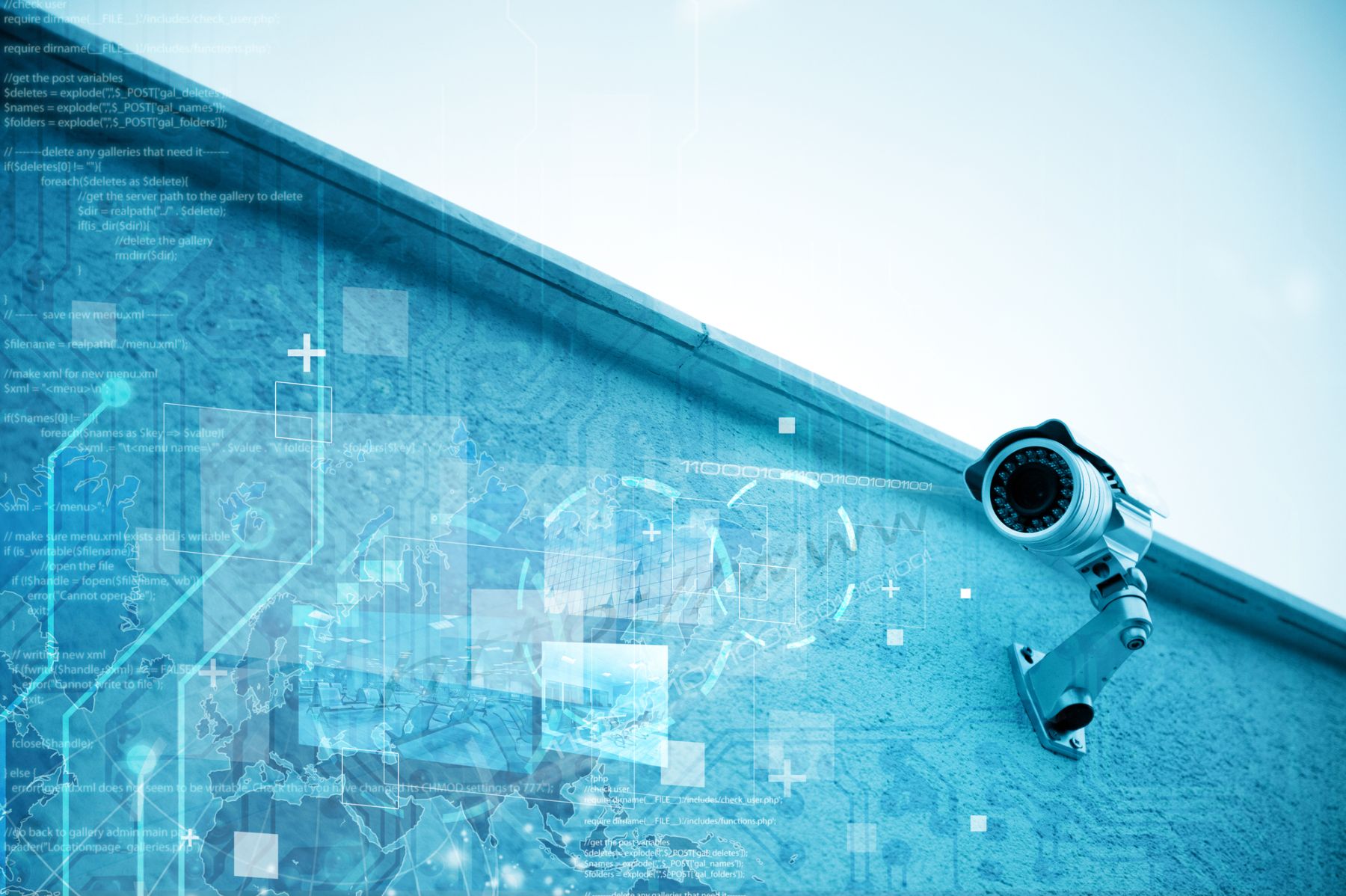Have you ever wondered if you are always following the security standards to protect your personal data from hackers? Let’s talk about some good tips you may be missing out on that will make your data more secured.
Protect against viruses, spyware, and other malicious code
Always have some type of security that protects you against viruses. Keep in mind that not all free anti-viruses are secure. Some of these anti-viruses are camouflaged protecting the hacker’s identity who is taking your information by telling you the opposite after running a scan through all your files. Also, keep in mind that not all websites are secured. Before downloading something from a website, make sure to see in the left corner next to the URL, a lock sign and a word that says “Secured” or the name of the company. This should be green (like netlogx’ company logo!). If you don’t see this short message, your data may be compromised and running a file such as .exe, zip, etc. It may install an extra program that has a trojan virus. Be aware of this detail that can be easily missed. Make sure to have a firewall in your computer installed to prevent outsiders access to the data on your network.
Secure your networks
A good way to keep your network secured is by hiding your network. To hide your Wi-Fi network, set up your wireless access point or router so it does not broadcast the network name, known as the Service Set Identifier (SSID). That way to see your router, the person must write the name of the network, the password and the type of security the network has. A password protects access to the router. If you can encrypt your information, it would be even better. If you are one of those users that has internet at home and hasn’t changed the generic password that comes with your router, you need to change it to something different since there are so many programs designed to take your network, identify your router and get access without you even noticing. This may be the reason why your internet may be slow sometimes. Change it as soon as you can and follow the other steps outlined here as well.
Multifactor Authentication
More than a password, implementing multifactor authentication that requires additional information beyond a password to gain entry is essential. Having a long password (that you should be changing often) to then have an extra step to log in asking either to call your phone number, send you a text or give you a code that expires in a specific amount of time every time you log in, is the best way to keep everything secure. It will be annoying having to follow these steps all the time, but for sure it will be worth it in terms of added security.
Backup/Cloud
You should backup your data regularly. Everything you consider that has value or it may be important, should be automatically backed up in case you have technical problems with your computer or you forget to save it. Also, always make sure to do two backups. One in your personal computer in the hard drive and the other one in a specific cloud. That way you have a better chance of keeping your data safe.
Updates
Whether you have Windows, Apple or Linux, make sure to be updating your computer frequently since these updates offer security patches that will fix and enhance the security to avoid security leaks.
Open Wi-Fi
Whether you are having a meeting with a client or just waiting at the airport, do not use the open Wi-Fi. This open Wi-Fi normally does not have any type of security and can be accessed by everybody. You read right, everybody! So, imagine that a person with a malicious mind (hacker) is around that meeting or at the airport, all your information may be compromised by using an open Wi-Fi.
To conclude, keep in mind that hackers are working 24/7 developing viruses and malware to gain data and sell it. If you implement these tips in your daily routine, you won’t be a vulnerable consumer thus making the hackers look somewhere else while your data remains safe.
Sources:
https://www.sba.gov/managing-business/cybersecurity/top-ten-cybersecurity-tips
https://www.autodesk.com/redshift/10-tips-on-how-to-prevent-malware-from-infecting-your-computer/

